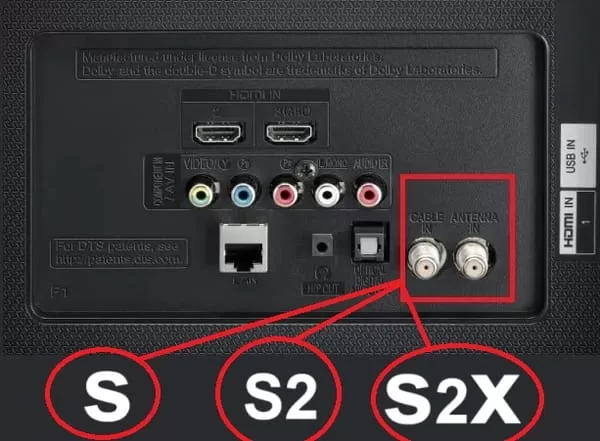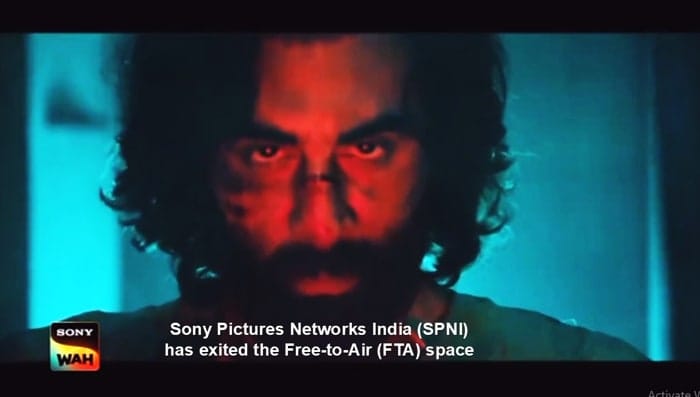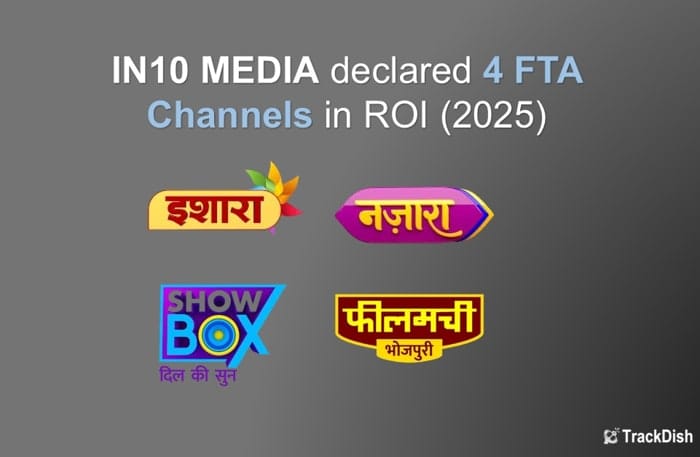You can check below Which type of built-in Satellite Tuner should be inside the TV so you can check which will be the best tv with a built-in satellite receiver. Also, understand what is a built-in satellite tuner.If you are going to buy a new TV for your home then you must check which type of built-in satellite tuner is available in your TV, because recently the government introduced a new standard for the manufacturing of TV in India. Read moreYou can check manufacturers’ TV specifications, and manuals or ask customer support about a built-in satellite TV tuner that should be able to support FTA channels.
FAQs –
Table of Contents
Built-in DVB-S Tuners –
DVB-S is a digital video broadcasting standard that is used for satellite transmission. It is designed to deliver video and audio content from satellite providers to viewers around the world. A DVB-S inbuilt satellite tuner tv is a device that is used to receive and decode the digital satellite signal.The more advanced DVB-S2 and DVB-S2X standards, which were developed after DVB-S, provide even greater efficiency and performance than DVB-S when used with MPEG-4 compression or other video compression standards.Additional Features may be Live TV recording & Play, Auto/Blind Scan, and Support MPEG-2 channels only.Built-in DVB-S2 Tuners –
DVB-S2 is an improved version of the DVB-S standard, which provides better performance and more efficient use of bandwidth. It is capable of delivering higher-quality video and audio signals and can support a wider range of services, including HDTV and interactive services. DVB-S2 does support the use of HEVC/H.265 for video compression, which is a more advanced and efficient compression standard compared to MPEG-2 and MPEG-4 AVC/H.264. So this built-in satellite tuner may be available on your new TV.Additional Features may be Live TV recording & Play, Auto/Blind Scan, and Support MPEG-2 + MPEG-4 + HD channels.Built-in DVB-S2X Tuners –
DVB-S2X is a further improvement on DVB-S2, which offers even higher performance and efficiency. It can support even higher bitrates and enables satellite providers to deliver more channels and services over a single satellite transponder.DVB-S2X does support the use of HEVC/H.265 for video compression, which is a more advanced and efficient compression standard compared to MPEG-2 and MPEG-4 AVC/H.264. The use of HEVC/H.265 in conjunction with DVB-S2X can enable satellite providers to deliver higher-quality video content, including 4K Ultra HD and even 8K resolution.Additional Features may be Live TV recording & Play, Auto/Blind Scan, and Support MPEG-2 + MPEG-4 + HD + 4K channels with HEVC improved performance and efficiency.DVB-S, DVB-S2, and DVB-S2X are digital broadcasting standards used for satellite transmission of video and audio content, with DVB-S2 and DVB-S2X providing improved performance and efficiency compared to the original DVB-S standard.So now you understand which smart tv with a built-in satellite receiver should buy and which satellite built-in tuner will be best for future use. Also Read, – Is it mandatory to have Built-in DVB Satellite TV Tuner in the latest TV?To get post notifications do not forget to follow us.FAQs –
What is a built-in satellite tuner on a TV?
A built-in satellite tuner on a TV is a feature that allows the TV to receive satellite TV signals without the need for an external satellite receiver. TVs with built-in satellite tuners are commonly known as “satellite TVs” and are popular in areas where satellite TV is a common method of broadcasting.What are the types of DVB-S Built-in TV tuners?
There are different types of DVB-S built-in TV tuners, such as DVB-S, DVB-S2, and DVB-S2X, which are standards used for digital satellite broadcasting. The type of built-in tuner on a TV will depend on the specific model and manufacturer.Does my TV have a built-in tuner?
To determine if your TV has a built-in tuner, you can check the specifications of the TV or look for labels or logos on the TV indicating that it has a built-in tuner. Most modern TVs have built-in tuners for digital TV broadcasting, including satellite TV.How do I know if my TV has an inbuilt satellite decoder?
To know if your TV has an inbuilt satellite decoder, you can check the specifications of the TV or consult the user manual. It should list the supported broadcasting standards, including satellite broadcasting, and indicate if the TV has a built-in satellite decoder.what is a built-in tuner on TV?
In general, a built-in tuner on a TV refers to any type of tuner that is integrated directly into the TV’s hardware, such as a digital TV tuner or satellite TV tuner. This feature allows the TV to receive broadcast signals without needing an external set-top box or another device.Is there a TV with a built-in satellite?
Yes, if you are looking that Where to buy built-in Satellite Tuner TVs, then you can find them here.Discover more from TrackDish - TV Installation Guide
Subscribe to get the latest posts sent to your email.
Show Comments




